All the news

Winter Closure
Plastimark’s HQ will be closed for the winter break from December 24th, 2025 to January 5th, 2026.We will resume...

Plastimark and the retail sector in 2025: certified sustainability and new solutions for the international market
A year of research, certifications, and product development to anticipate the needs of modern distribution In 2025,...

Plastimark SpA at EuroShop 2026 – Hall 13, Stand D03
Plastimark SpA will be among the key players at EuroShop 2026, the world’s leading trade fair for retail solutions, to...

RFID and shopping trolleys: why plastic is the winning choice
In the world of large-scale retail, the digitalization of processes and the spread of RFID technologies are...

The shopping trolley: first point of contact between customer and store
In the retail sector, every element of the store environment contributes to shaping the customer experience. Among...

Plastimark solutions, perfect also for non-food shops!
When you think of shopping trolleys and baskets, the immediate association is often with supermarkets and food shops....

Plastimark solutions, perfect also for non-food shops!
When you think of shopping trolleys and baskets, the immediate association is often with supermarkets and food shops....
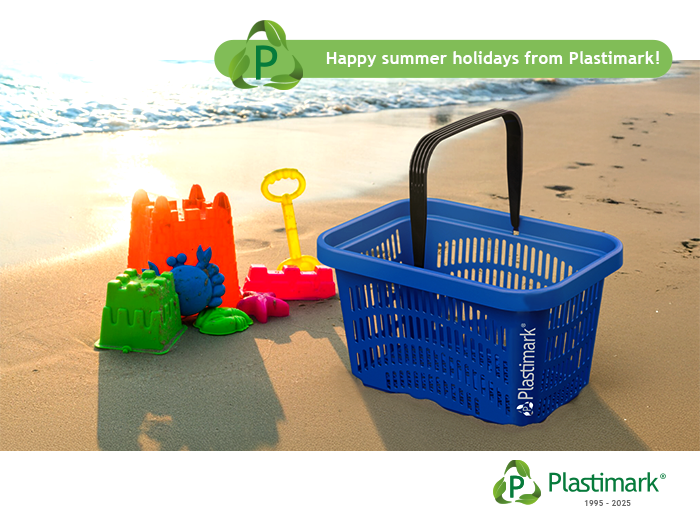
Plastimark summer break
We would like to inform our customers and partners that Plastimark will be closed for two weeks, from 11 August to 22...
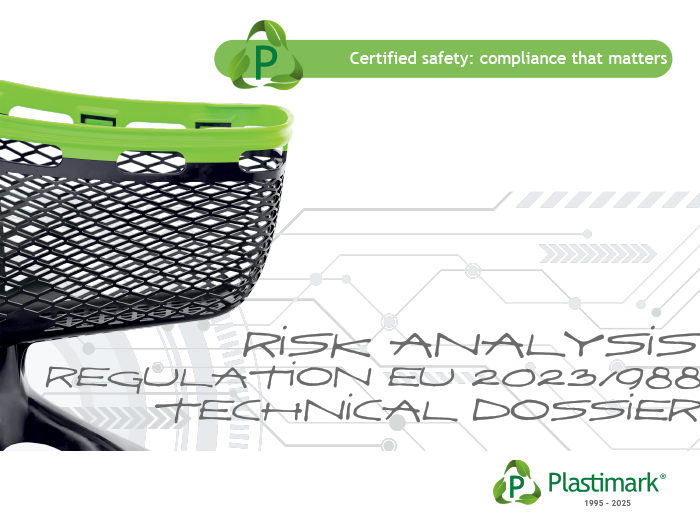
Commitment and solutions to the need for security in -store
For retailers, choosing products that comply with European regulations means protecting their clients, reducing legal...

Small space, big solutions: functional design for urban retail
Urban retail is changing: proximity shops are on the rise, meeting the need for quick and cost-effective shopping. In...

TÜV Rheinland certification: added value for Plastimark shopping trolleys and baskets
Having an entire range of plastic and hybrid shopping trolleys and baskets certified by TÜV Rheinland is an important...

Plastimark for sustainable sport: supporting the athlete Davide Rivero
Plastimark, always focused on sustainability and the welfare of people, has chosen to sponsor a local athlete for the...

Retail & Sustainability: The Value of a Conscious Choice
Consumers today are increasingly focusing on the overall brand value proposition of a retailer. Due in part to...

The importance of having dealers around the world
A strong network of distributors has led Plastimark to be present throughout Europe, the Middle East, Venezuela and...

The Content Creator Economy: The Role of Influencer Marketing
Spending on creator marketing has grown by 143% since 2021, involving not only B2C brands, but also B2B and B2G...
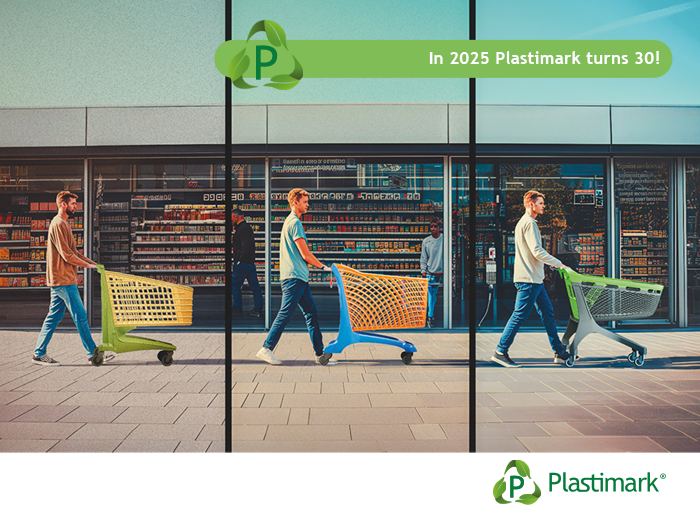
Plastimark celebrates 30 years
Plastimark is a family-run Italian company, which has always been committed to having not only a successful...

The benefits of Experiential Retail
Experiential retail immerses consumers in the brand to create an elevated shopping experience. By offering a deeply...
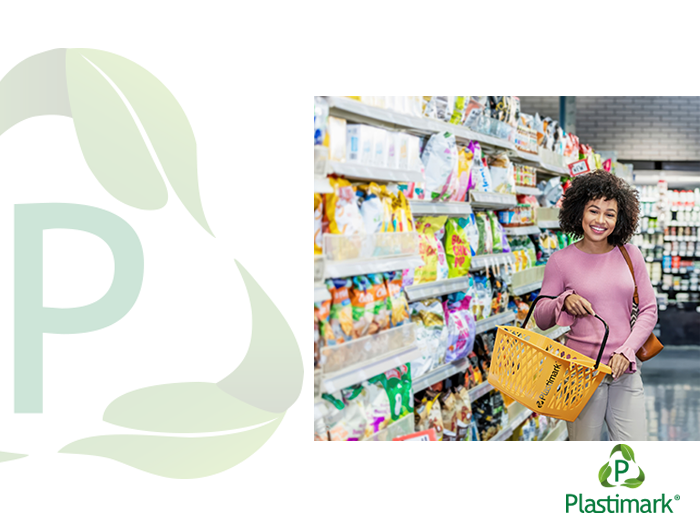
Why many customers prefer in-store shopping to online grocery orders?
In the age of convenience, online shopping has made almost everything available at the click of a button. Although...

Plastimark Carbon Footprint
As a committed Company, PLASTIMARK decided to make an evaluation of greenhouse gas (GHG) emissions and to engage in a...

How much does maintenance affect the total cost of the retail shop?
Shops, shopping centres and supermarkets, which attract many clients and visitors every day, need to ensure an...

Plastimark wishes you all a happy summer holiday!
Plastimark office will be closed from 12 to 23 August and will reopen on Monday 26 August! Happy summer holidays

Is it right to take domestic pets to the supermarket?
There are various and different points of view on whether or not one should take one's pets to the supermarket. There...
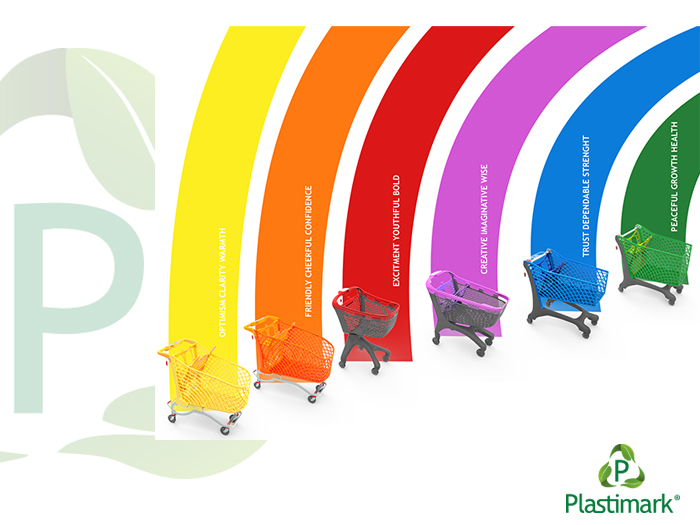
The power of color in store layout strategy
Colours play a crucial role in retail, influencing consumer behaviour, brand perception and ultimately sales. One of...

The most suitable furniture solutions for a small purchase
In the last few years, starting from 2021, there has been a worldwide reduction in the volume purchased. Smaller...

Shopping solutions that adapt to retail trends.
The transition of urban areas into increasingly pedestrianised spaces limited to car traffic is certainly a trend that...

Italian Liberation Day
We are pleased to inform you that on the occasion of the Italian liberation festivities, our offices and production...

The plastic shopping trolleys’ advantages
Talking about plastic is complicated today because this material is increasingly subject to prejudice and...

Easter 2024
On this day of renewal, we extend our warmest wishes to all our customers, distributors and partners. May this Easter...

Loyalty in the supermarket
A research suggest customers have not switched between grocers, or abandoned more ‘expensive’ supermarkets in the...

Valentine’s Day: the customer experience in retail starts in the shop window
Valentine's Day is a festivity dedicated to lovers, celebrated in most parts of the world (especially in Anglo-Saxon...

Guillaume DUMARCHE tells why Plastimark was the right choice for SUPER U
It was in March 2023 that Plastimark FR delivered the supply of baskets and shopping trolleys, MaxiTyko and Hybrid...
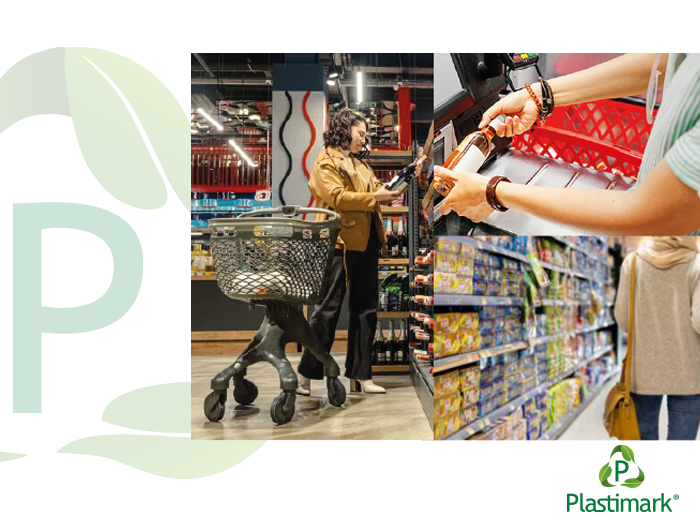
2024 looks good for retail players
The way of shopping has changed in recent years, but for the large-scale retail brands there has been time to...

The Christmas holidays are coming – 2024 we are waiting for you!
As we approach the end-of-year holidays, we would like to inform you that the company will be closed for holidays from...

Retail Trend 2023
The 2023 is fast approaching the end and in this year we have together addressed some of the focal points that are...

The role of neighbourhood shops in GDO.
In 2023, the grocery and retail sector continues to evolve rapidly, driven by consumer preferences, technological...

Reforest the Mediterranean with Plastimark thanks to Alberea project
Plastimark also had an emphasis on sustainability when organising its 25th anniversary. Through green set-ups, food...
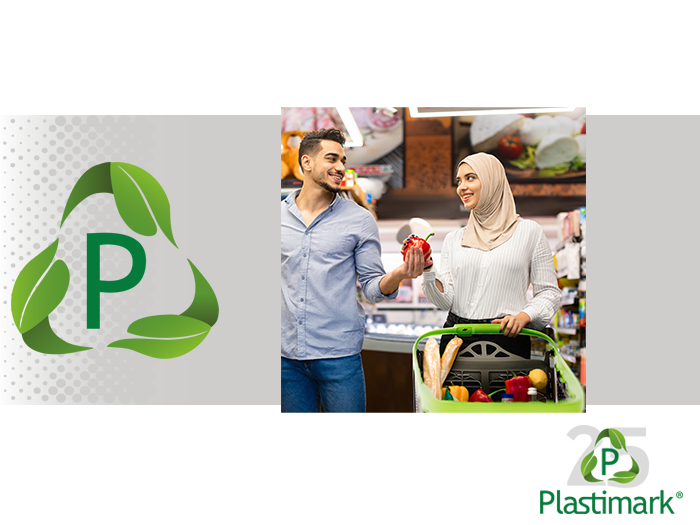
How has inflation affected purchases?
The focus on consumers and their shopping habits must also be sustained at all times because, as time goes by, their...

Summer vacation are here!
🏖️ Summer vacation are here! Plastimark SPA will be closed for summer vacation from August 11 to 25, 2022. Expect us...

The continuing growth of private labels
The past three years have seen the habits of consumers shift at an uncommonly rapid rate in the face of significant...

The circular economy also goes through the supply chain
The circular economy is a model that involves sharing, lending, reusing, repairing, reconditioning and recycling...
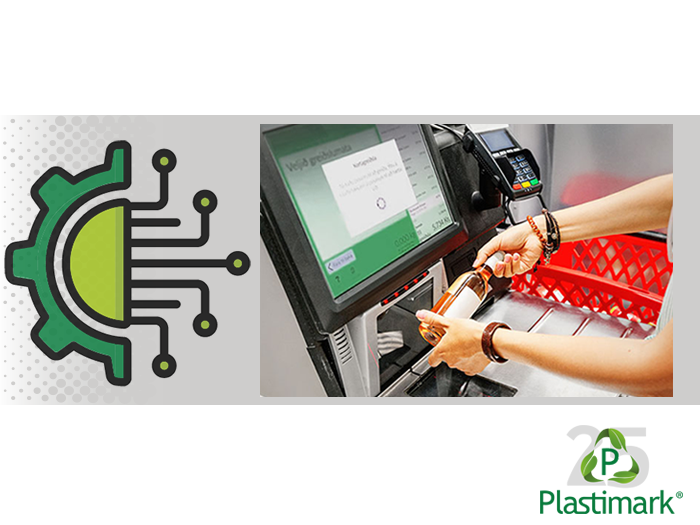
Digitalization and innovation: keeping up with your customers’ expectations
Digitization in stores has been gaining traction in recent years. Over time, it has gone through many different stages...

Customer experience: after the product, the key to success
The retail world is developing and with it also the requests of customers who increasingly find themselves in contact...

Retail & large-scale distribution: Stock loss prevention strategies
Inventory shrinkage is a cause of heavy losses at the retail shop, and 50% of these are thefts. Data indicate that in...

What consumers are saying about sustainability
Consumers are showing a preference (and expectation) for retail companies to engage in social and environmental...

Join us at Euroshop 2023 – Hall 11 Stand A71
Euroshop 2023 is a much–anticipated highlight on the annual International Exhibitions Calendar and all the signs for...
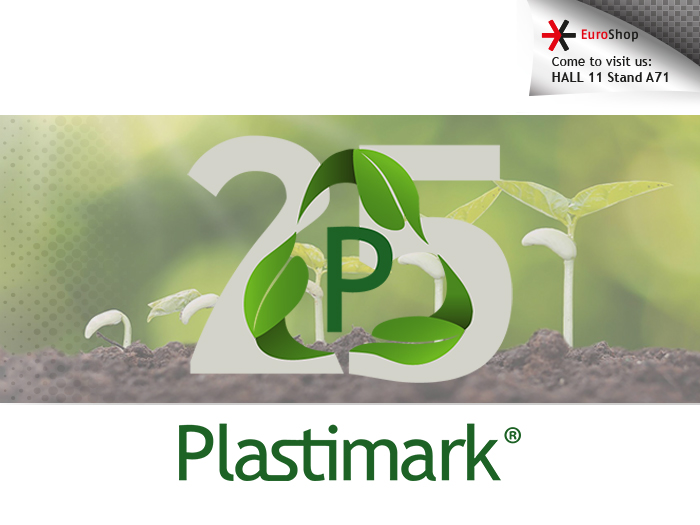
Plastimark is finally ready to celebrate 25 years
The company's history began in 1995 with the aim of innovating and improving the tools that have always accompanied...

Recognising the logo: the importance of brand identity in shop design
Shops are not just showcases for products, they transmit messages to build customer relationships based on experience....

The green shopping revolution is here!
We are back to work after the Holidays break and we are ready to start this 2023 in which we will celebrate 25 years...

Plastimark wishes you Happy Holidays!
Thanks to all the customers, distributors and partners who have supported and made a contribution to Plastimark's 2022...

Presence and relationships are the basis of any business success.
For this reason, thanks to the cooperation and support of the Italian Chamber of Commerce in Dubai, we have decided to...

Happy summer holidays!
The summer holidays are here! Plastimark SPA will be closed for the summer holidays from 12 to 26 August 2022. Expect...
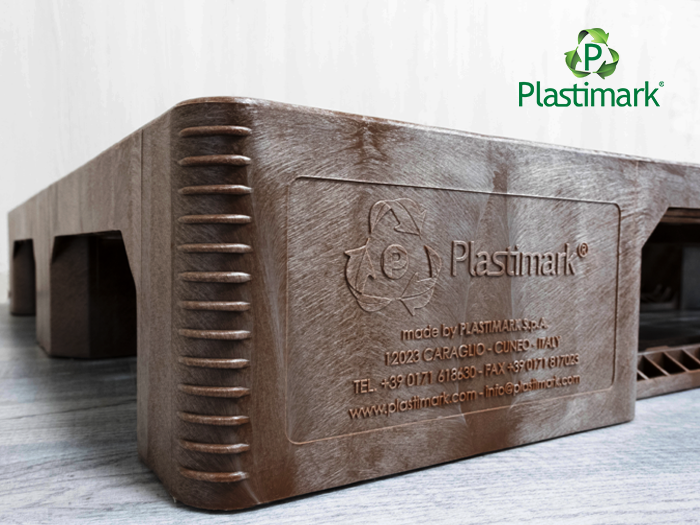
WOOD NUANCE PALLETS: THE IDEAL SOLUTION FOR NEW TRENDS IN SUPERMARKET FITTINGS
Thanks to his great experience, Giordano Poultry Plast manages to be a forerunner of effective solutions for the...
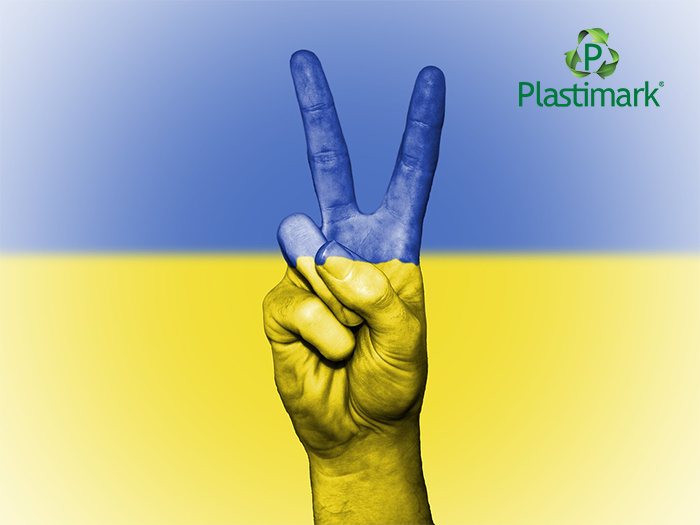
No war!
All the Giordano Holding companies and economic activities are aimed at enhancing people’s well-being, directly or...
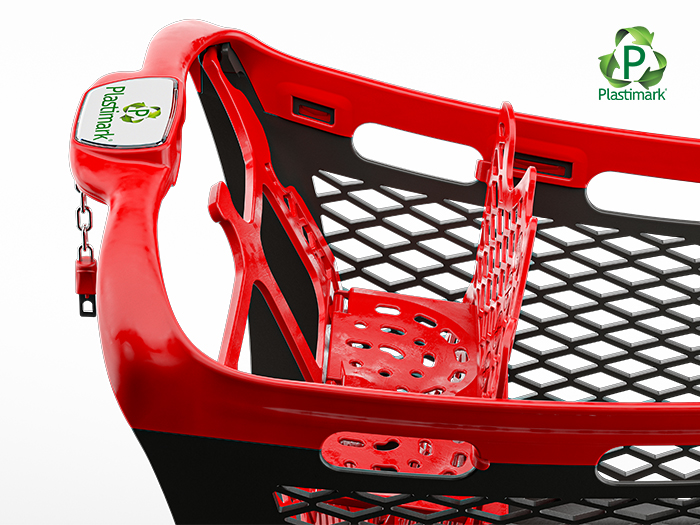
The news in Plastimark goes on!
The Pleasy will soon also be available in a "with baby-seat" version. A new accessory for the first Monoblocco in the...

Plastimark wishes you Happy Holidays and a Happy New Year.
Thanks to everyone who chose Plastimark in 2021 and welcome to those who will do so in the new year! 2021 has been the...

New accessory in the Plastimark Clean line: the ergonomic handle for Duka, Twiga and Keita!
The daily manipulation of shopping trolleys and baskets used by large retailers is one of the main causes of bacterial...

ROOMY: A NEW SHOPPING TROLLEY MONOBLOCCO
Designed for medium-sized surfaces, it keeps the distinctive features of the “MONOBLOCCO” range: design, innovation...

Plastimark: shopping trolleys and baskets with a unique design for every type of point of sale.
During the last few years, retailers have invested considerably in opening new points of sale and improving existing...
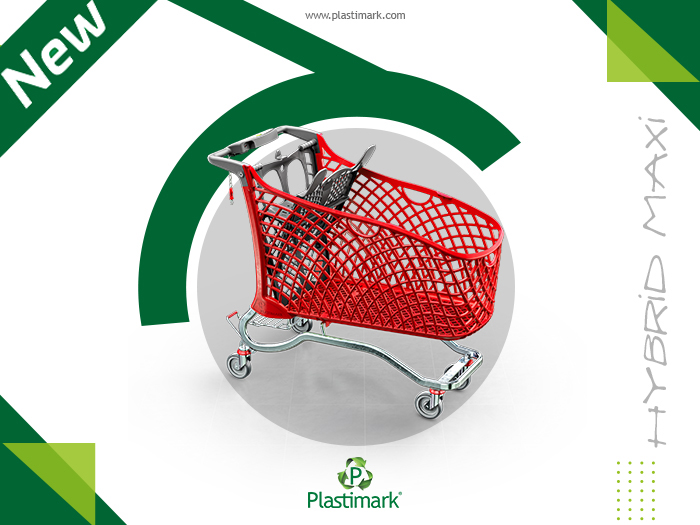
NEW SHOPPING TROLLEY
The thoughtful combination of metal and plastic, the unique and unmistakable design, the highest performance, are the...

Happy summer holidays!
Plastimark will be closed for summer holidays from August 9th up to 20th, 2021. We’ll meet again on August 23rd ready...
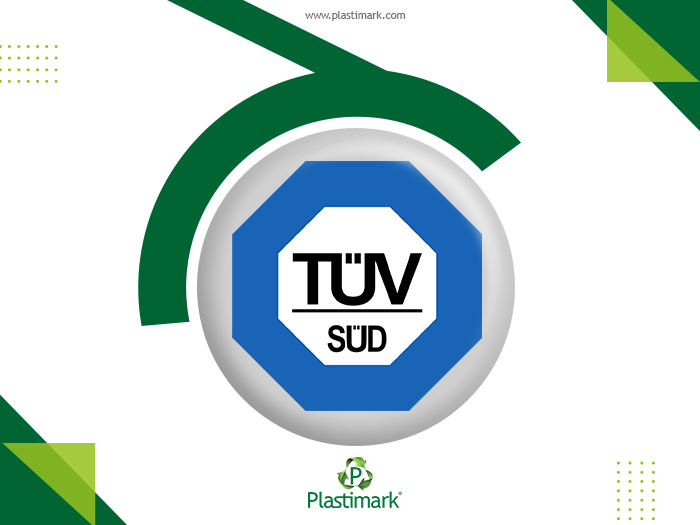
TÜV
The acronym TÜV, Technischer Überwachungsverein, can be translated into "Technical Inspection Association" provides...

Retail: how it’s changing
An analysis based on ISTAT data shows that from 2011 to 2016 there was exponential growth in e-commerce at the expense...

RFID for the shopping of the future
RFID stands for Radio Frequency Identification. This term refers to those technologies that allow the remote...
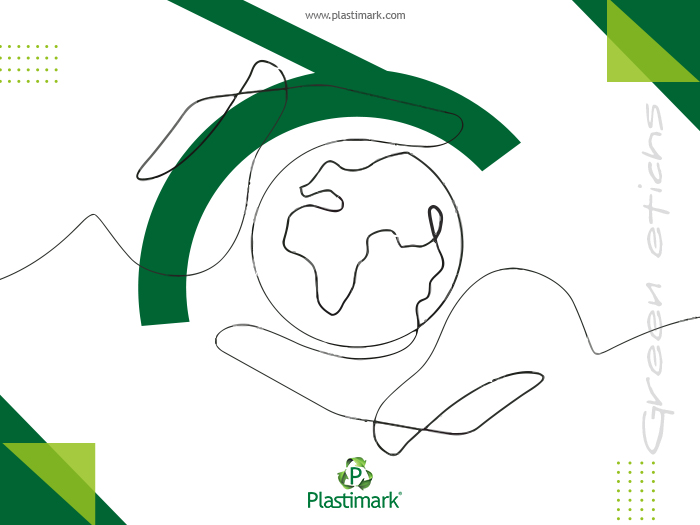
Plastimark: sustainable development at the service of the large-scale retail trade
According to research carried out by Elan France on the environmental impact of shopping trolleys, the difference...
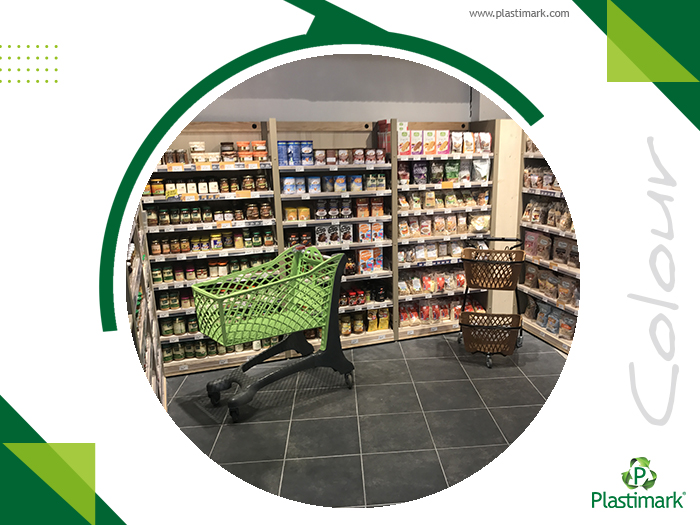
New trends for shopfitting
The growing interest in environmental sustainability translates, in the field of interior design, into the search for...

3D Configurator
The new frontier of retail is its possibility to distinguish itself thanks to unique personalisations and the colour...

Retail post Covid-19
During last year the world of Retail changed significantly due to the spread of Covid-19. Online sales increased,...

Stay safe and happy new year 2021!
We thank you for the cooperation in 2020 and we look forward to continuing in 2021. Stay safe and take care of...

Closing Christmas holidays
May this holiday season bring friends to your fireside, joy to you and your loved ones, and good health throughout the...
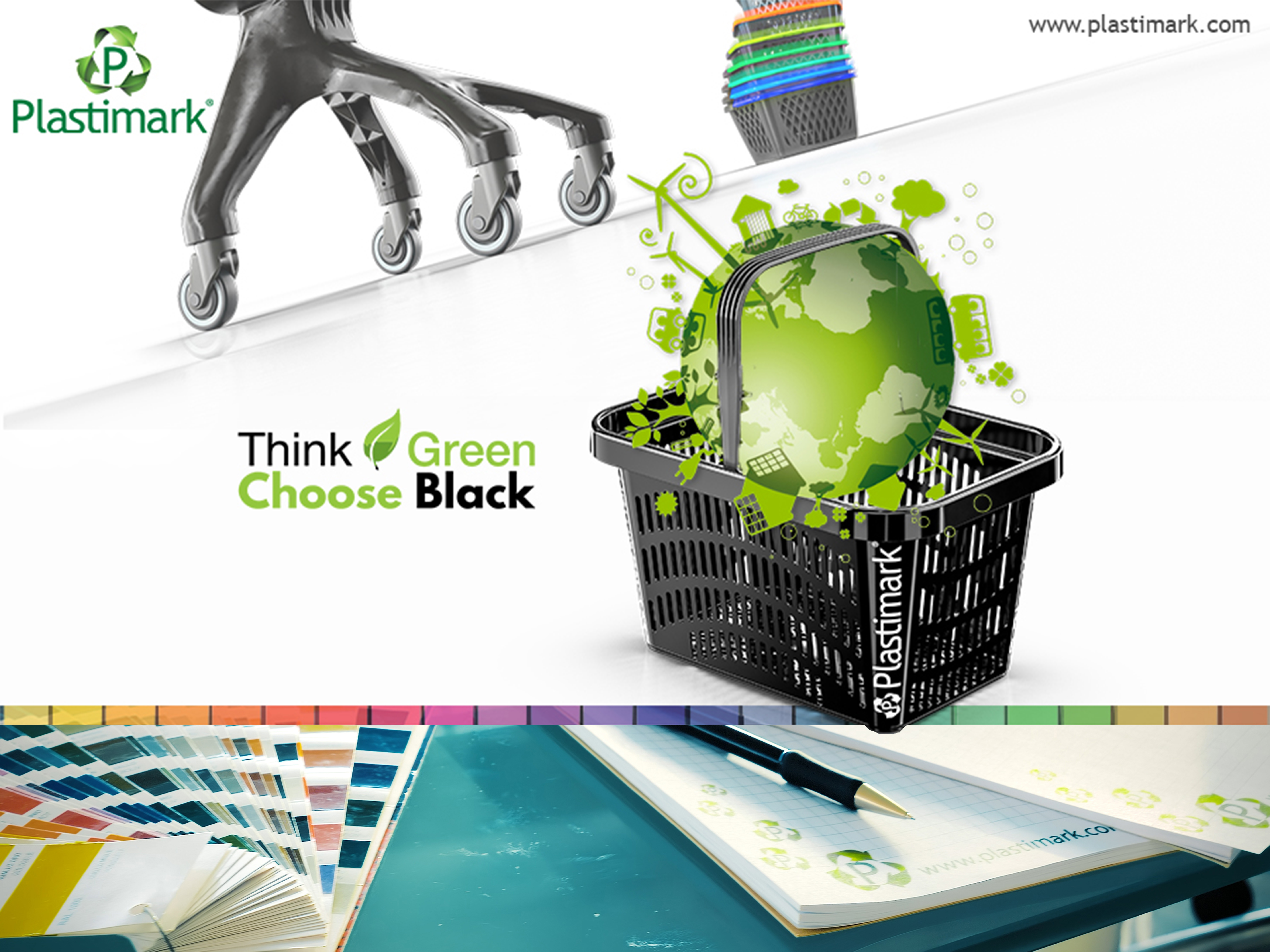
Circular economy
The circular economy presents itself as a model characterised by great sustainability. In a circular economy,...

World Children’s Day
World Children's Day is celebrated on 20 November each year. The date chosen coincides with the day in which the UN...

Small animals solutions
As part of the experiential difference offered by Plastimark products range, you can also find trolleys and baskets...
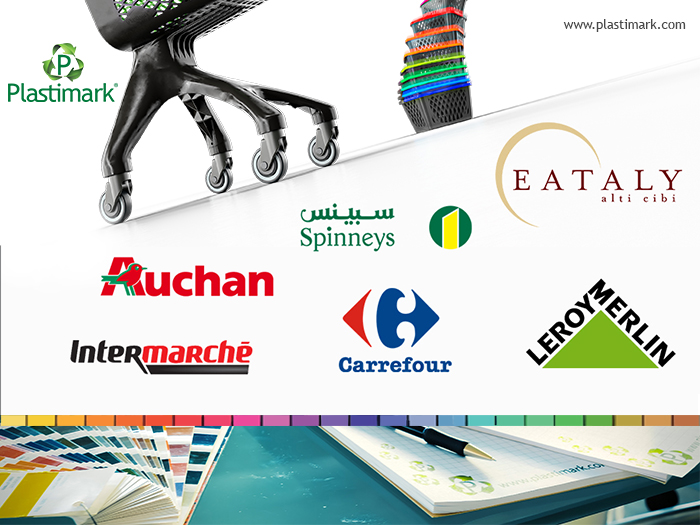
Plastimark: an international company with a broad selection of products
When we talk about Major International Brands of the Retailing sector, we cannot fail to mention Retailers such as...
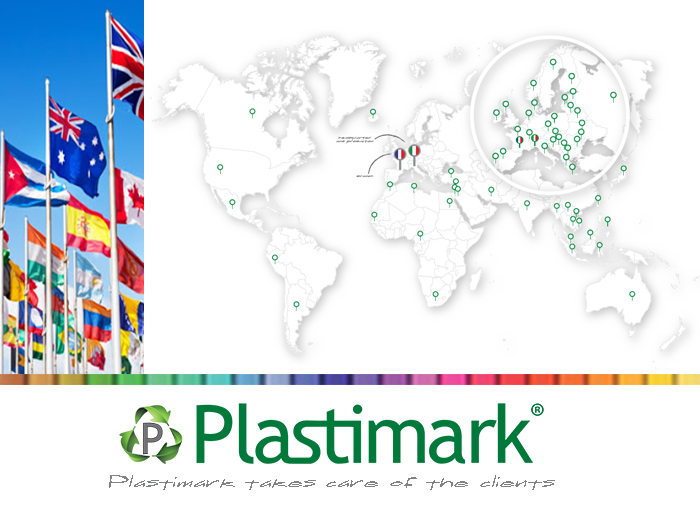
Plastimark takes care of the clients
Plastimark is a family-run Italian company, which has always been committed to having a responsible and ethical...

Plastimark: environmental progress
Choose a Plastimark trolley for a visible ENVIRONMENTAL IMPACT REDUCTION! Here are the data from the study conducted...
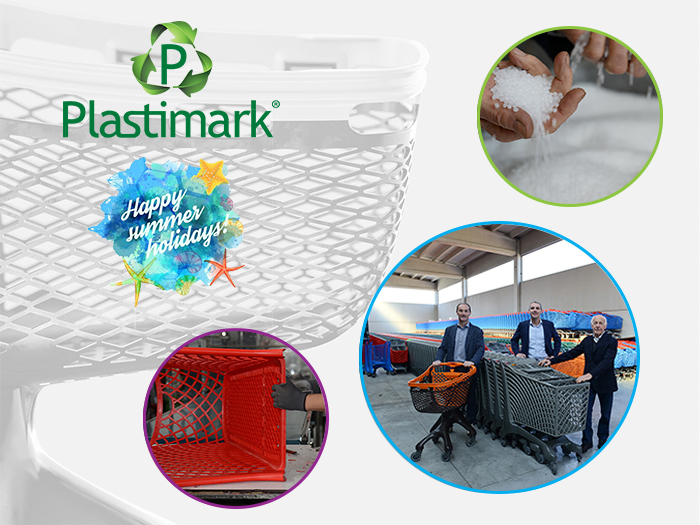
Summer Holidays
Plastimark wishes to all clients, distributors, employees and collaborators an enjoyable Summer Break! We will be...

Modularity is synonymous of cost effectiveness
In the Plastimark® range, modularity is synonymous of cost effectiveness. Trolleys, baskets, pallets and accessories...

Plastimark BLACK Compound
What makes the difference in respect of some recent objections to plastic is not the material as such, but rather the...
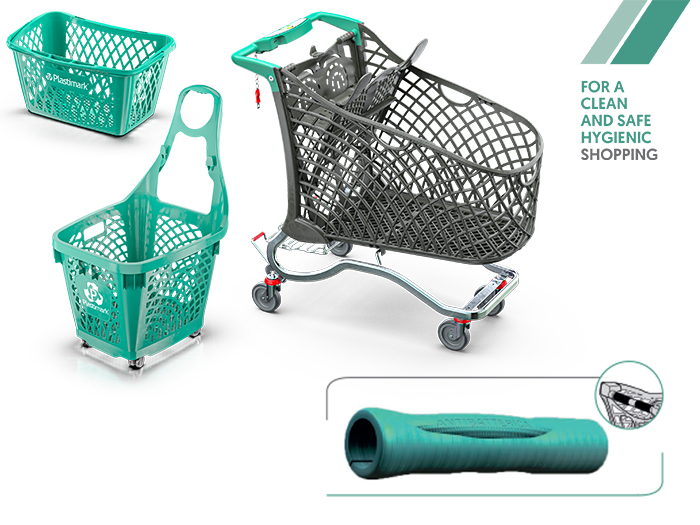
Are you looking for more safety for your customers? Plastimark has the right solutions for you
Global health emergency has changed our habits and our lives, but it has allowed us to evaluate some aspects of our...

Design and technology for unbeatable style and safety
The Plastimark® product line encompasses skill and creativity, exalting and representing at best the “Made in Italy”...

Plastimark WOOD Compound
Plastimark® Wood is a plastic compound specially developed by Plastimark® from a plastic material base supplemented...

5th Communication Plastimark on Coronavirus
We want to confirm that the activity of Plastimark continues on a regular basis. In compliance with the conditions and...

Together we can, each for its part
We found ourselves at once, though not unexpectedly, forced to face a challenge far greater than any person, community...

Plastimark CLEAN Compound
Each item of Plastimark range of products is made from high quality raw materials. The Company’s historically...
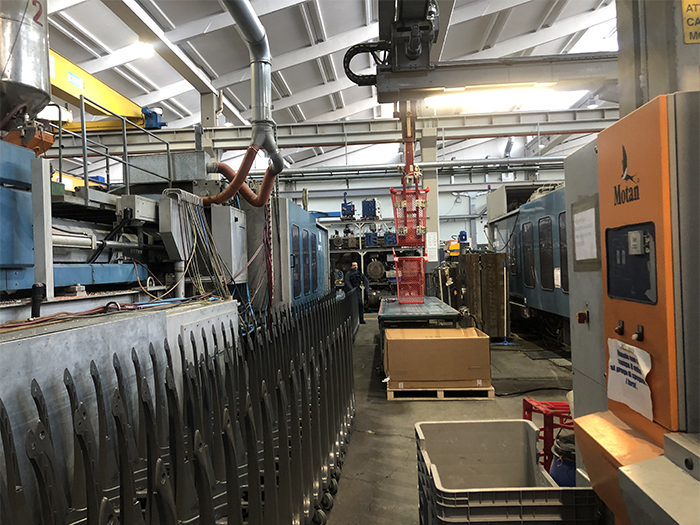
4th Communication Plastimark on Coronavirus
At the end of the week of suspension, we are pleased to inform you that the production and shipping of our products...
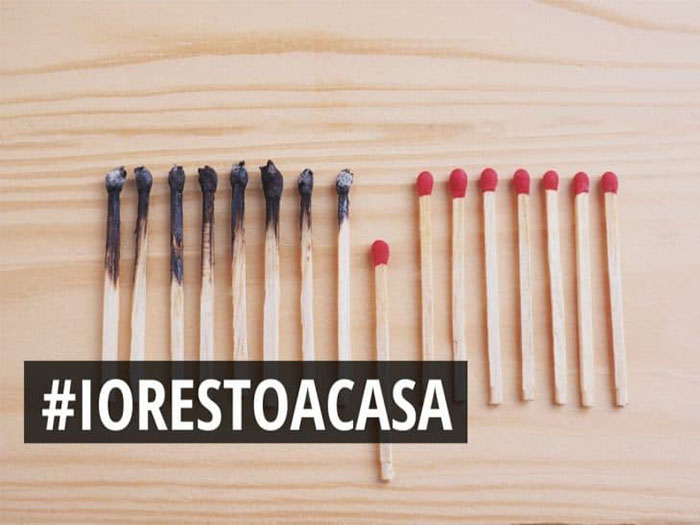
2nd Communication Plastimark on Coronavirus
In light of the worsening of the health crisis due to Coronavirus Covid-19, pursuing the primary objective of...

Euroshop 2020: prominent showcase for Plastimark’s Pleasy
The interest of exhibitors and visitors for environmental sustainability and the development of new technological...

Communication Plastimark about Coronavirus
In relation to the recent news released by the media at national and global level on the spread of Coronavirus in...
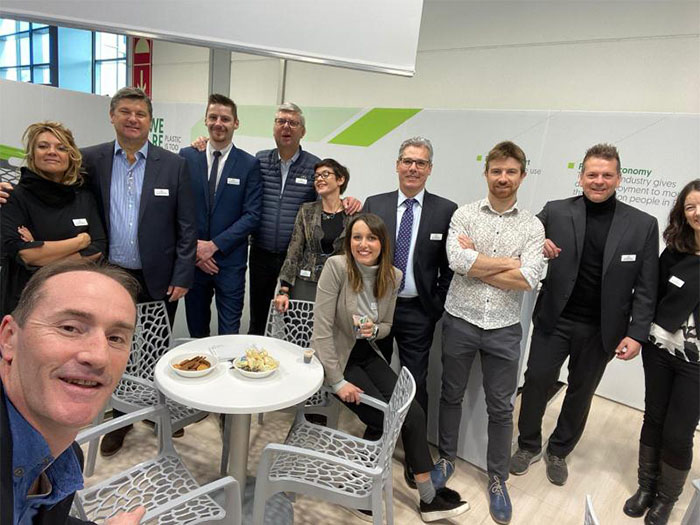
EUROSHOP 2020
A 20th edition entirely devoted to innovation and sustainability. Exhibitors and visitors alike showed a great and...

Wooden line by Plastimark
The natural tradition of wood merges with the sturdiness and the technical performance of plastic components. The...
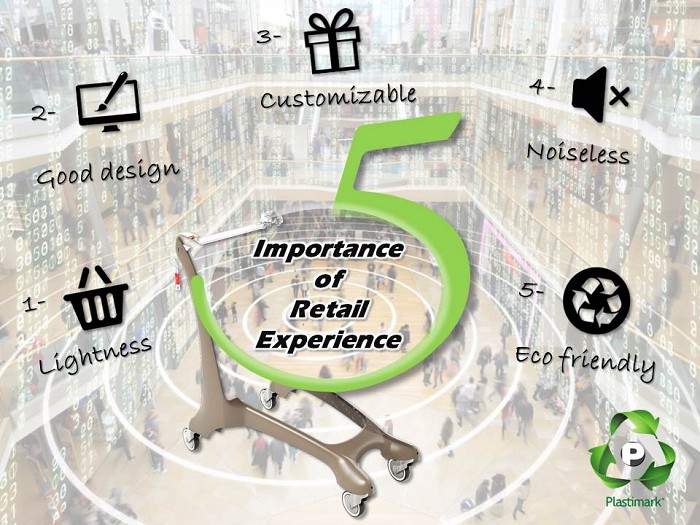
Retail Experience
The 5 fundamental rules Creating an experience is not an easy feat and involves many different factors. It is a task...

M’illumino di meno 2019
Plastimark Spa for Simply Etruria at University of Siena Exhibition Maxi Tyko WOOD line and Duka recyclable during the...

The advantages of durable plastics
Not all plastic types have a short life cycle, so it's important to re-educate people on how to use it properly At an...

PLASTIMARK MOVES FORWARD
Plastimark introduces PLEASY, its BRAND-NEW SHOPPING TROLLEY 100 LT = 100% made in Italy 100% quality 100% comfort...

VERSATILITY OF PLASTIMARK PALLETS. FUNCTIONALITY AND DESIGN AT THE SERVICE OF CONSUMERS.
Preserving our forests by reducing the use of wooden pallets is fundamental to our future Pallets by Plastimark...